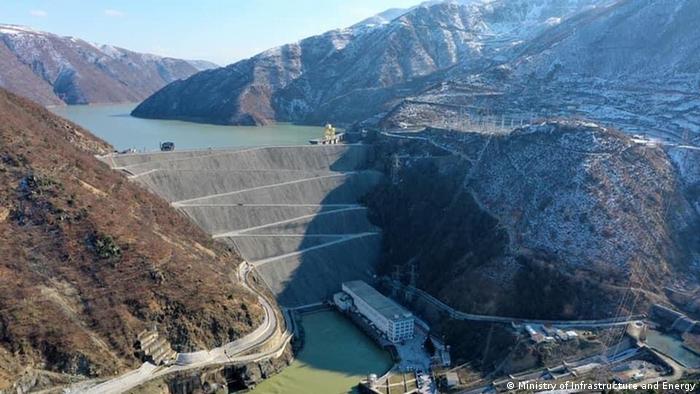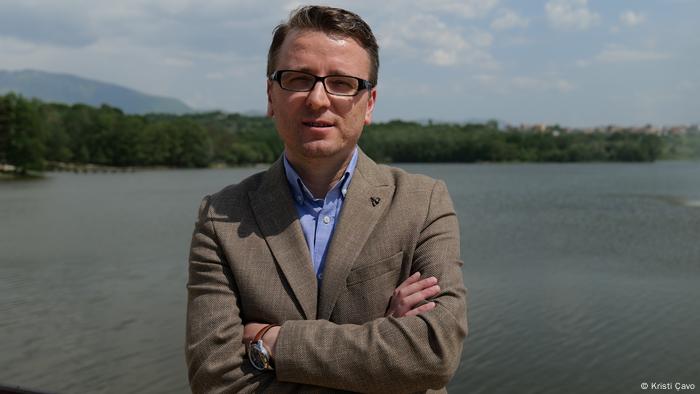Albania belatedly begins to harness the power of the sun
Albania enjoys the most sunshine hours of any country in Europe.
But the Ukraine war and rising prices for energy are making the Balkan country using more solar power for electricity production.

Albania gets more sunshine than anywhere else in Europe,
with an average of 286 days, or 2,700 hours per year
Albania leads the Balkans in an ecological-footprint ranking by Global Footprint Network (GFN) — the organization behind the Earth Overshoot Day initiative. According to the ranking, Albania still has until November 3 when it's demand for ecological resources and services exceeds what planet earth can regenerate this year. Slovenia reached its Overshoot Day in April, while Serbia in early July.
But according to data from the International Renewable Energy Agency (IRENA), the country makes too little from its huge solar potential with an installed photovoltaic (PV) capacity is just 22 megawatts (MW).
Most of Albania’s electricity is produced using hydropower generated by a network of dams along its mountainous rivers — hence, net energy imports are directly correlated to annual rainfall.

Albania is actually a net energy importer, with imports ranging from about 12% of its Total Primary Energy Supply (TPES) in 2015 to a high of 46% in 2017.
The current government now has decided to change that — partly prompted by energy-price spikes and Russia’s war on Ukraine.
Under new plans, transmission system operator OST expects wind and solar power plants connected to its network to reach a combined 220.4 MW next year — almost ten times more than the current capacity. Untapped technical potential for deploying solar projects was up to 2,378 MW, OST said.
The government is also planning a new 210 MW dam to add to its existing 1,350 MW of hydropower. The €500 million ($490 million) project will make it possible to manage the water levels in the network, meaning Albania will be able to store water supply for use when most needed, for example, during peak summer months.
Brave new world
"Until recently, Albania had no supporting regulatory framework for deploying renewable energy sources other than hydropower plants," Albanian energy expert Lorenc Gordani told DW.
"However, this changed with the adoption of the new Law on Renewable Energy Sources (RES) in 2017," Gordani said.
The new legal framework was followed with an agreement between the Ministry of Infrastructure and Energy (MIE) and the European Bank for Reconstruction and Development (EBRD), and then with a second one between the EBRD in 2017. The agreements saw the commitment to develop up to 700 MW in PV and wind power by 2020.
The National Action Plan for Renewable Energies 2019-2020 was to increase the planned PV capacity from 120 MW to 490 MW and wind from 70 MW to 150 MW.
"This means there are today 1,300 MW worth of projects, ranging from 10 MW to 275 MW, partnered or looking for a partnership with foreign investors to develop," Gordani said.

Lorenc Gordani believes the new legal framework will liberalize Albania's
energy market and accelerate new projects
Albania is also seeking to update management of its power system. It is planning to implement the EU's target model for the "day-ahead and intraday markets" by the end of this year.
Gordani said Albania's plans would enable the country to enter an emerging market of alternative renewables by matching "the interests of more prominent companies and promote more sustainable big projects based on market incentives."
This framework is "quite probable to enable the country to be able to produce all its energy needs by 2025," Gordani added.
The build-up of solar power is also aimed at helping Albania balance its hydropower ambitions with its environmental obligations. Green campaigners want the government to rely less on dams, because of their impact on river ecosystems.
New plants
A large number of applications have been received for wind and solar power plants in the past two years, the OST said.
Norwegian renewable-energy company Statkraft, for example, has launched the final stage of a floating solar plant on the Banja reservoir in southeastern Albania. Combined with the company's hydropower plant nearby, the two units will have a total capacity of 2 MW generated with the help of 6,400 panels.
Another solar plant is being built by French firm Voltalia and due to come online in 2024, injecting 100 MW of additional power into the grid. Voltalia also said it was starting work on the Karavasta solar park, which will be the largest in the Balkans.
"The main advantages of solar power in Albania are that solar is in general the lowest cost of energy," said Borge Bjorneklett.
The chief executive of Ocean Sun — a Norway-based manufacturer of floating solar power systems — believes the solar plants he is installing in Albania have the additonal advantage of not using arable land and avoiding deforestation. In Albania, their proximity to hydropower reservoirs are reducing water evaporation from the reservoir, and would boost photovoltaic performance due to water cooling, he noted.
"Disadvantages are perhaps the novelty of the technology, bureaucratic, regulatory hurdles, poorly developed standards and certifications and a general skepticism with new technology," he added.
Edited by: Uwe Hessler
No comments:
Post a Comment